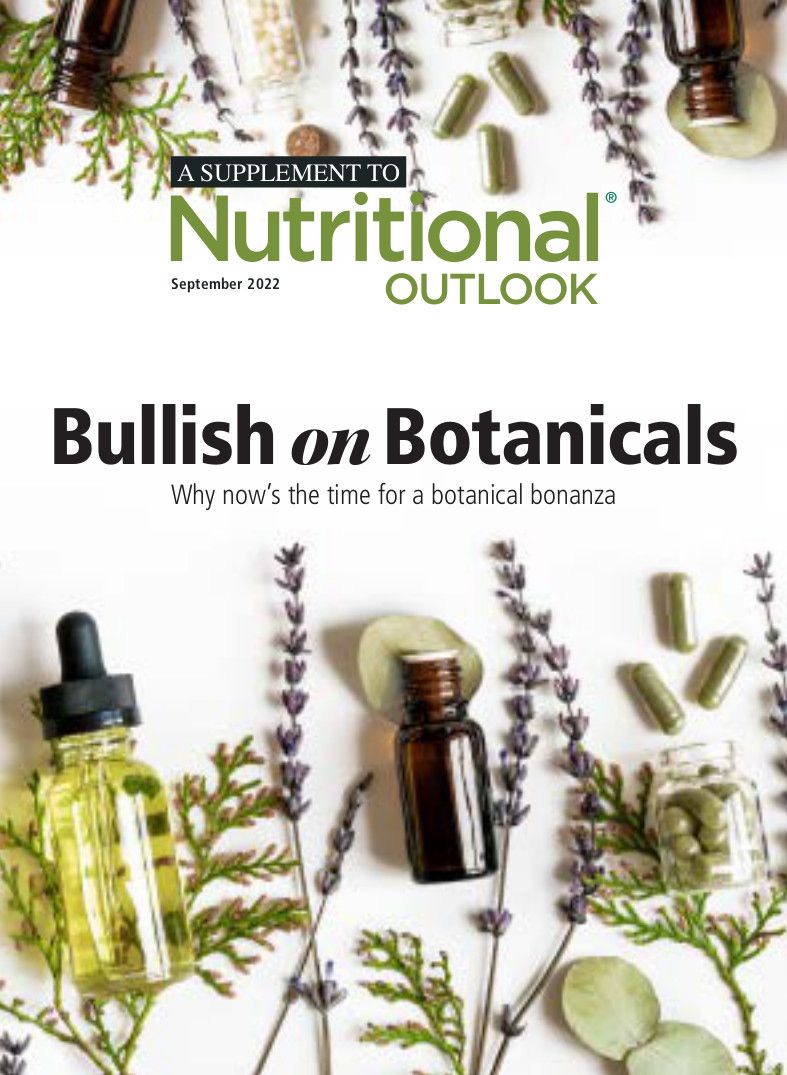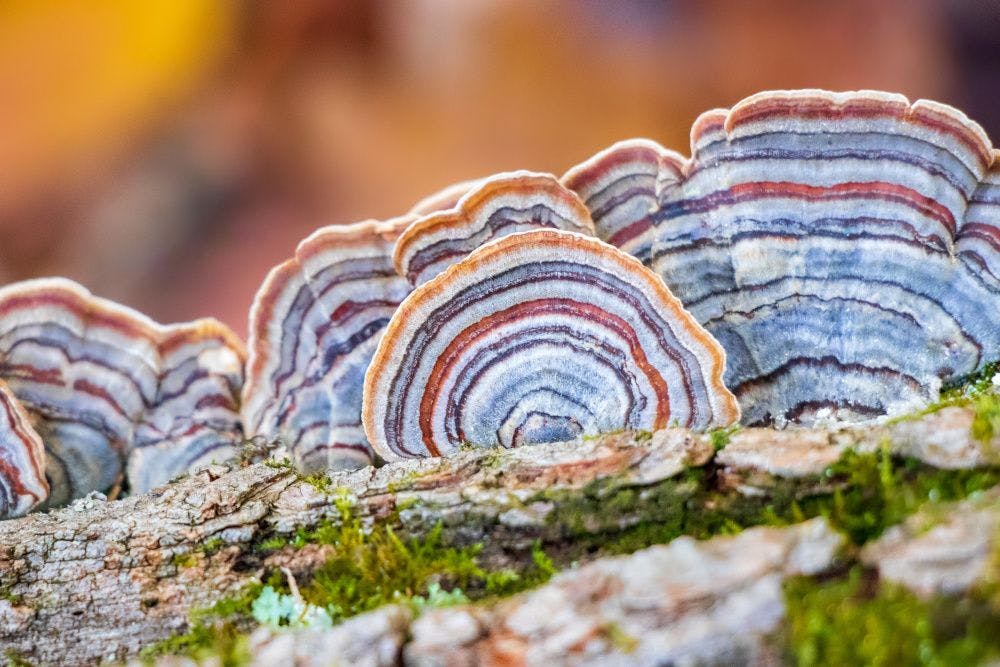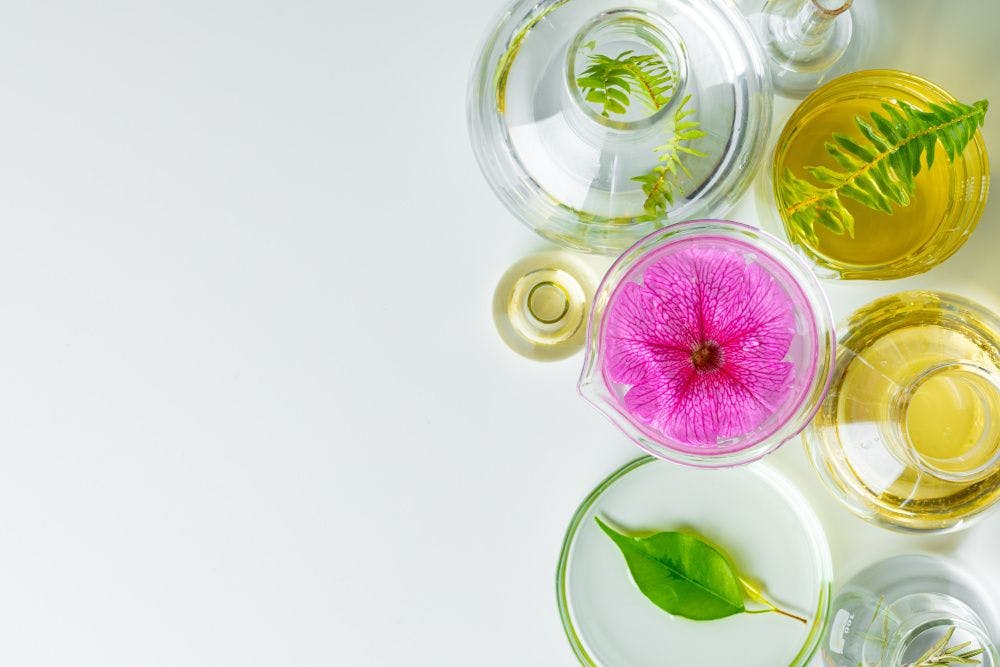All mushrooms are magic
Why our fascination with fungi and functional mushroom formulas is more than just a trend.
Mushrooms of all kinds have been key folk medicine remedies for millennia. Today, cultural sensations like Michael Pollan’s The New York Times bestseller How to Change Your Mind and the hit documentary Fantastic Fungi have put a new spotlight on mushrooms in the mainstream health and wellness space. The emerging science around how mushrooms (psychedelic and otherwise) can support mental and physical wellbeing confirms what ancient herbalists knew: Mushrooms can support memory, mood, energy, brain health, immune function, longevity, and wellbeing. The pandemic has also spurred the growing demand for functional mushroom supplements, as consumers seek new ways1 to fortify both their mental and physical health. Welcome to the mushroom renaissance!
If you’re interested in sampling mushrooms for health and wellness, here are some key fungi history, facts, and terms to know as you browse the produce or supplement aisles.
What we think of as mushrooms are actually just the tip of the fungal iceberg.
The part of the mushroom that you add to your stir-fry is analogous to the apple on a tree, or the flower on a plant. What we think of as mushrooms (the familiar stem with a cap on top) are actually called “fruiting bodies.” Fruiting bodies are produced by what’s called the mycelium, a root-like structure that branches out to absorb nutrients. The mycelium is far bigger than the fruiting body—in fact, the biggest living organism on earth is a mycelium in Oregon’s Blue Mountains. Dubbed a “humongous fungus” by Scientific American2, this mycelium covers nearly four square miles underground and weighs 35,000 tons. The fruiting bodies we consume are just a tiny part of these often enormous organisms. (Pro tip: The active beneficial compounds in mushrooms are highly concentrated in the fruiting body, so make sure that’s what’s used to make your supplements before you buy.)
Fungi are not only enormous; they’re ancient—as is our relationship with them.
While the fruit bodies we put in our stir-fry and our supplements last only a few days, the mycelium can survive for millennia.The Blue Mountain fungus described above is estimated to be 2,400 years old but could be as old as 8,000 years, making it the oldest living organism on the planet. (Indeed, without fungi, the forests of the Pacific Northwest and the rest of the planet couldn’t survive. Their ability to decompose organic matter literally keeps our forests alive.3
Eight thousand years is nothing in mushroom years, however. Scientists recently found the fossilized specimen of a billion-year-old fungi4 in Canada. It’s likely that the chemical defenses mushrooms developed to shield them from predators over the course of millions of years of evolution are what makes them great for human health5. Indeed, humans’ use of mushrooms for food and medicine is as old as our recorded history. A 5,200-year-old mummy (popularly known as “Otzi” or Iceman) discovered by hikers in the European Alps in 1991 was carrying two different types of mushrooms when he died, one strung on cords around his neck and the other in a pouch. In 2015, scientists established that our Stone Age forebears consumed mushrooms6 based on spores found on the teeth of a woman who lived more than 18,000 years ago. Rock paintings in the Sahara Desert indicate human use of psilocybin mushrooms as long ago as 6000 BC7. Our fascination with fungi is not new!
Mushrooms don’t have to be psychoactive to be good for your brain and your mental health.
We know that psilocybin, the hallucinogenic component of psychoactive mushrooms, can reshape cells in the brain8 in a way that could revolutionize the treatment of depression, addiction, and post-traumatic stress disorder (PTSD). But even ordinary mushrooms can have astounding impact on your brain and mood. Using data on diet and mental health collected from more than 24,000 American adults between 2005 and 2016, Penn State College of Medicine researchers found that people who ate mushrooms had lower odds of having depression9. Mushrooms are rich sources of antioxidants, which can lower oxidative stress and may help reduce symptoms of depression. A six-year study of 663 seniors published in the Journal of Alzheimer’s Disease10 showed that the study subjects who regularly ate two or more portions had a 50% lower risk of developing mild cognitive impairment (MCI), a common precursor of Alzheimer’s disease. The researchers noted that their findings “support the potential role of mushrooms and their bioactive compounds in delaying neurodegeneration.” The mushrooms consumed by the study subjects were supermarket staples: golden, oyster, shiitake, and white button, proving my proposition that even ordinary mushrooms have extraordinary properties.
Mushrooms could solve the plastic pollution crisis.
Fungi may be key to cleaning up the non-biodegradable man-made plastic that’s choking our landfills and our oceans. There are species of fungi that can remove oil pollution from soil, degrade harmful heavy metals, and consume pesticides11. They can even provide a sustainable replacement for plastic—just ask Ikea12.
We continue to learn more about how fungi can support memory, mood, and neuroprotection, but it turns out they’re healing for the environment as well. It’s difficult not to be amazed by the history and properties of these ancient and fascinating organisms. Like modern Western science, I’ve only scratched the surface of what mushrooms can do here—but the more we learn, the more it seems obvious to me that all fungi have some type of magic.
Robert Johnson is CEO of Custom Capsule Consultants, a leading California white-label supplement manufacturer, as well as the creator of the CBD Is Better and Mycroboost product lines. He has worked as a consultant, product developer, and consumer trend expert in the hemp, cannabis, and supplement spaces since 2008.
References
- Lordan R. “Dietary supplements and nutraceuticals market growth during the coronavirus pandemic – Implications for consumers and regulatory oversight.” PharmaNutrition. Published online September 4, 2021.
- Casselman A. “Strange But True: The Largest Organism on Earth Is a Fungus.” Scientific American. Published online October 4, 2007.
- Dart C. “Fungi Are Responsible for Life on Land as We Know It.” The Nature of Things.
- Loron CC et al. “Early fungi from the Proterozoic era in Arctic Canada.” Nature. Published online May 22, 2019.
- Stamets P et al. “Medicinal mushrooms: Ancient remedies meet modern science.” Integrative Medicine: A Clinician’s Journal, vol. 13, no. 1 (February 2014): 46-47
- “Oldest evidence for the use of mushrooms as a food source.” Max-Planck-Gesellschaft. Published April 16, 2015.
- Samorini G. “The oldest archeological data evidencing the relationship of Homo sapiens with psychoactive plants: A worldwide overview.” Journal of Psychedelic Studies, vol. 3, no. 2 (June 1, 2019): 63-80
- Betuel E. “Neuroscientists Uncover How Magic Mushrooms ‘Rebalance’ The Brain.” Inverse. Published online April 13, 2020.
- Cox T. “Mushroom Consumption May Lower Risk of Depression.” ScienceDaily. Published October 12, 2021.
- Lei F et al. “The association between mushroom consumption and mild cognitive impairment: A community-based cross-sectional study in Singapore.” Journal of Alzheimer’s Disease, vol. 68, no. 1 (March 12, 2019): 197-203
- Gray R. “The Unexpected Magic of Mushrooms.” Future. Published March 14, 2019.
- “Ikea Is Switching to Biodegradable Packaging Made from Mushrooms.” Global Citizen. Published March 2, 2016.




















